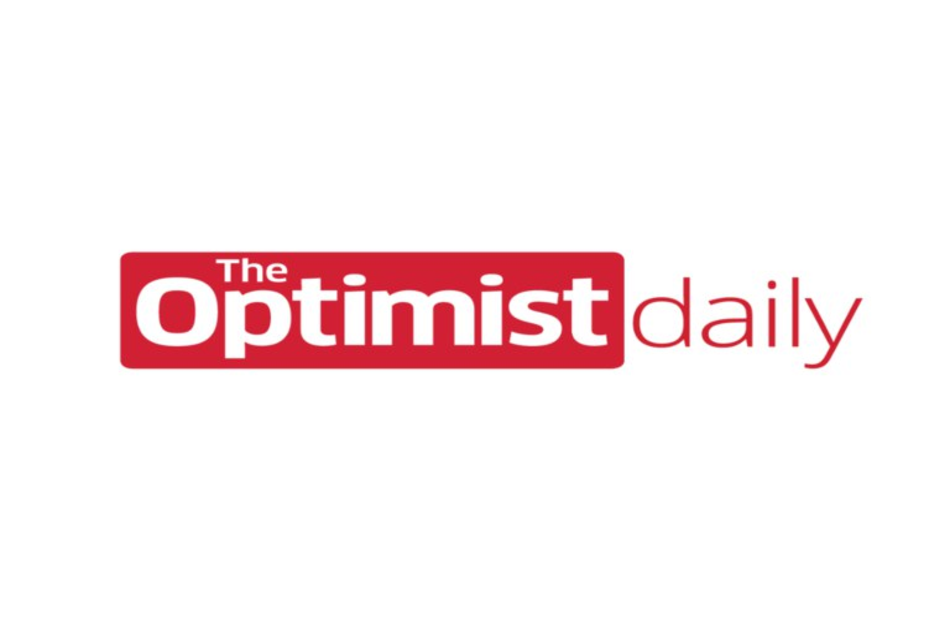Improving the way current batteries store and deliver power is key to enabling faster charging and enhanced performance of electronic devices. However, the structural composition of most batteries today prevents the rapid transport of electrons and ions, limiting power density.
Scientists have been trying to overcome this hurdle by using the structural components of a battery to store energy. Using the same principles, a team of scientists at the University of Pennsylvania has recently created a microbattery light enough to be carried by insects that can store up to four times the energy density as a result.
The research was spurred after the scientists decided to investigate new designs for compact and durable batteries to power increasingly small wearables and electronic devices. These batteries require protection from the elements to keep running, but this usually involves casings that only add to their weight and size, without improving their power performance.
The team created the energy-efficient microbattery by essentially reimagining the way tiny batteries are typically designed. As explained by New Atlas, these devices usually feature ultra-thin electrodes that allow electrons and ions to travel fast, but this slim profile limits the number of chemicals they can contain, thus restricting the amount of energy they can pack up.
As such, the team redesigned the battery’s cathode, which is typically made of crushed particles compressed together in a way that creates a porous make-up with air gaps, which influences the speed ions can move through the battery.
For the new mircobattery, the scientists used a much denser cathode material that could be “electroplated” directly onto thin metal foils, which also act as the casing — thus enabling the battery’s packaging to also store energy. “We essentially made current collectors that perform double duty,” says study leader James Pikul. “They act as both an electron conductor and as the packaging that prevents water and oxygen from getting into the battery.”
The resulting microbattery showed a record energy density four times that of the current state-of-the-art designs. While the tiny battery doesn’t weigh more than two grains of rice, it has the energy density of a battery 100 times its size, making it ideal for a number of applications, including tiny flying robots, wearables, or the increasing number of devices that make up the Internet of Things.
Study source: Advanced Materials — A Nearly Packaging-Free Design Paradigm for Light, Powerful, and Energy-Dense Primary Microbatteries











